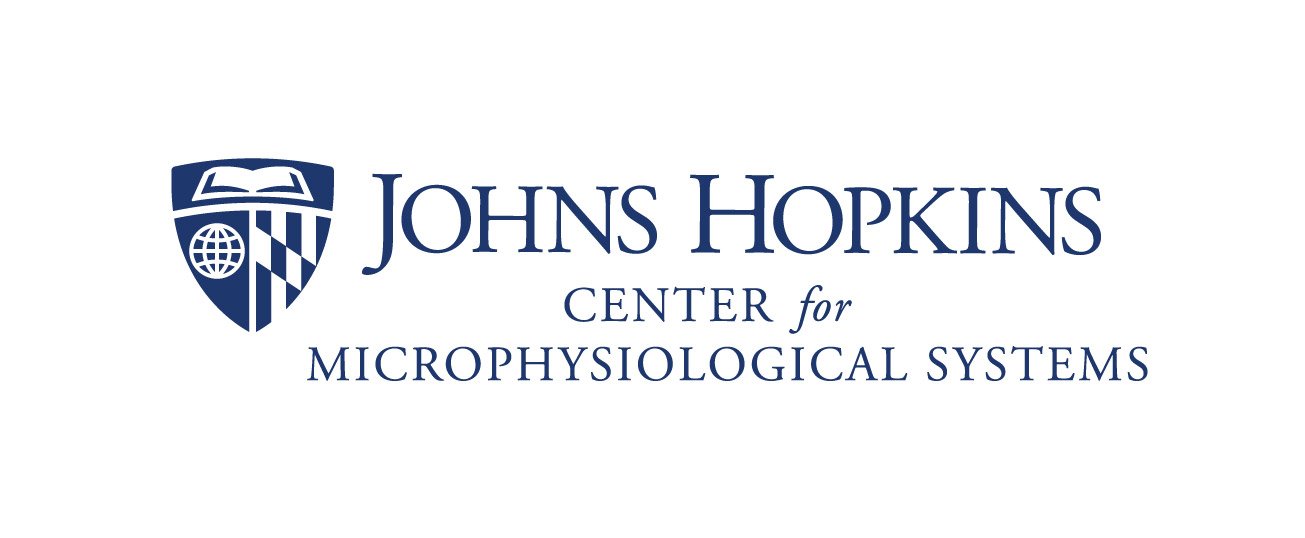Little tissue, big mission: Beating heart tissues to ride aboard the ISS
Launching no earlier than March 6 at 11:50 PM EST, Johns Hopkins University will send heart muscle tissues, contained in a specially-designed tissue chip the size of a small cellphone, up to the microgravity environment of the International Space Station (ISS) for one month of observation.
The project, led by Deok-Ho Kim, an Associate Professor of Biomedical Engineering and Medicine at Johns Hopkins University and the project’s principal investigator, will hopefully shed light on the aging process and adult heart health, and facilitate the development of treatments for heart muscle diseases.
“Scientists already know that humans exposed to space experience changes similar to accelerated aging, so we hope the results can help us better understand and someday counteract the aging process,” says Kim.
The researchers also hope the study will demystify why astronauts in space have reduced heart function and are more prone to serious irregular heartbeat; these results could help protect astronauts’ hearts on long missions in the future, as well as provide information on how to combat heart disease.It all begins with an idea. Maybe you want to launch a business. Maybe you want to turn a hobby into something more. Or maybe you have a creative project to share with the world. Whatever it is, the way you tell your story online can make all the difference.
Kim and his team used human induced pluripotent stem cells to grow cardiomyocytes, or heart muscle cells, in a bioengineered, miniaturized tissue chip that mimics the function of the adult human heart. While other researchers have studied stem cell-derived heart muscle cells in space before, these studies relied on cells cultured on 2D surfaces, or flat planes, that aren’t representative of how cells exist and behave in the body, and are therefore underdeveloped compared to their counterparts in adult humans.
The team’s tissue platform gives the advantage of the cells residing in a 3D environment, which will allow for better imitation of how cell signals and actions develop as they would in the human body. This 3D environment is possible thanks to a new scaffold biomaterial, or support structure which holds the tissues together, that accelerates development of the heart muscle cells within. This will allow the scientists to collect data useful for understanding the adult human body. Scientists could someday use this data and platform to develop new drugs, among many other applications.
Using a motion sensor magnet setup, the team will receive real-time measurements of how the tissues on the ISS beat. After about one month in space, the tissues will return to Earth and will be analyzed for any differences in gene expression and contraction caused by the extended stay in microgravity. Some of these tissues will be cultured for an additional week on Earth for the researchers to examine any recovery effects. The team will also have identical heart tissues on Earth at the University of Washington to serve as controls.
“We hope that this project will give us meaningful data that we can use to understand the heart’s structure and how it functions, so that we can improve the health of both astronauts and those down here on Earth,” says Kim.
“The entire team is excited to see the results we get from this experiment. If successful, we will embark on the second phase of the study where tissues will be sent up to the ISS once again in two years, but this time, we will be able to test a variety of drugs to see which ones will best ameliorate the potentially harmful effects of microgravity on cardiac function,” says Jonathan Tsui, a postdoctoral fellow in the Department of Biomedical Engineering at Johns Hopkins University and a member of Kim’s lab.
